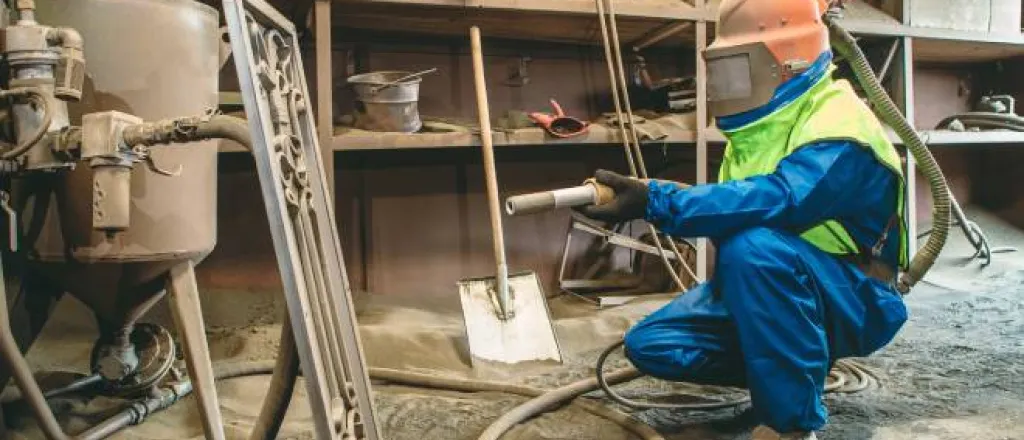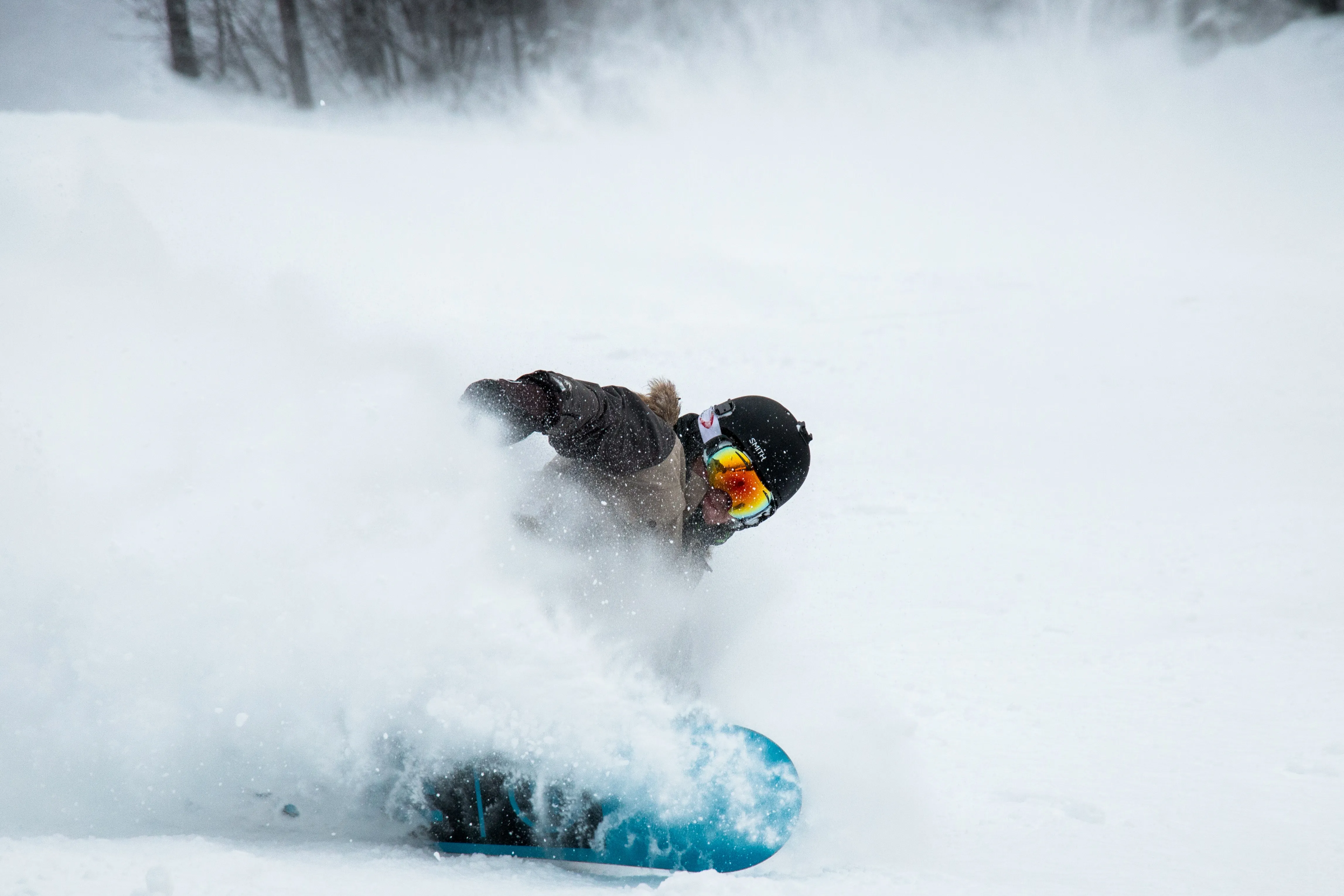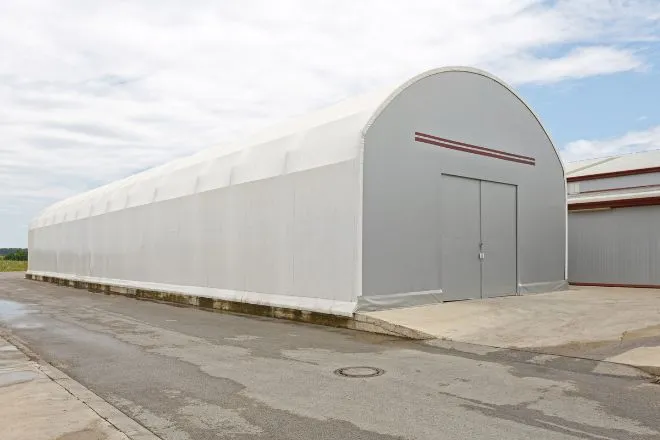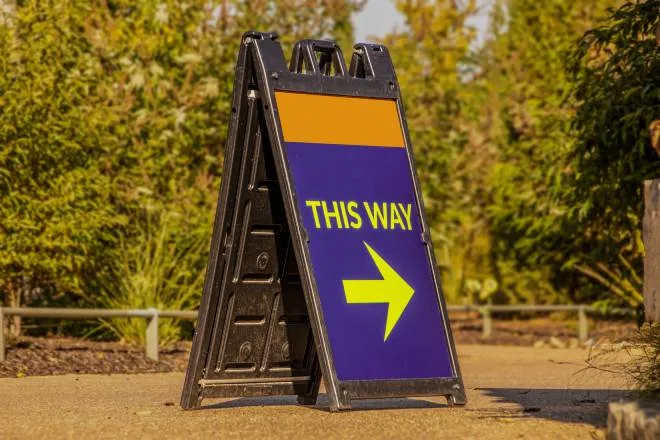
4 common mistakes to avoid when sandblasting
©
Sandblasting is an efficient and satisfying way to clean, smoothen, shape, or prepare a surface. There’s a right way to do it and several very wrong ways to do it. Sandblasting requires attention to detail and safety precautions to get the job done. If your sandblasting skills could use some polishing, here are four common mistakes to avoid when sandblasting.
Skipping safety precautions
People get hurt when they think they know more than they do. Make sure you’re well-versed in sandblasting safety measures before you begin. You must wear the right personal protective gear, including a respirator to avoid breathing in harmful dust, tough gloves that protect your hands from punctures, goggles to help you see, and other coverings to protect your skin. If you’re working indoors, keep the room ventilated for your safety.
Ignoring surface protection
Preparation is usually the biggest part of any job, and when done right, the rest of the job often goes more easily. Surface preparation makes or breaks the job. Clean off loose dirt and debris, and employ a de-greaser to remove oil and grease from the surface. Cover areas that don’t need or shouldn’t be blasted to prevent unnecessary abrasions.
Utilizing the wrong abrasive
Sandblasting is a bit of a misnomer. Sand isn’t the only substance you can use! Silica has long been a traditional medium. Sometimes, sand is the worst possible material to blast onto surfaces. Fortunately, you can use other abrasives, including glass beads, dry ice, nut shells, garnets, and baking soda. Make sure you’re using the right abrasive on a given surface; otherwise, it may leave the surface worse for wear. If you’re uncertain, consult peers in your industry.
Using improper pressure settings
Feeling the pressure? Some blaster settings can be too little, just enough, or too much, depending on the job. Look up the proper pressure for the surface you’re blasting, and adjust accordingly. A good rule of thumb is to test a small, out-of-the-way spot on the surface to see the effects of each setting. Start on low, and work your way up.
Following poor techniques
Before getting to work, you had better know what you’re doing! Inconsistent technique leads to uneven finishes, missed spots, and a poor job overall. Maintain a constant distance and angle from the surface. A half foot to a foot above the surface is usually good, but adjust this if needed. Use sweeping and overlapping motions for even coverage, and never linger in a single spot for too long.
Those are just four common mistakes to avoid when sandblasting. Knowing the truth behind the biggest misconceptions about sandblasting services ensures a great job and a satisfying experience!
















